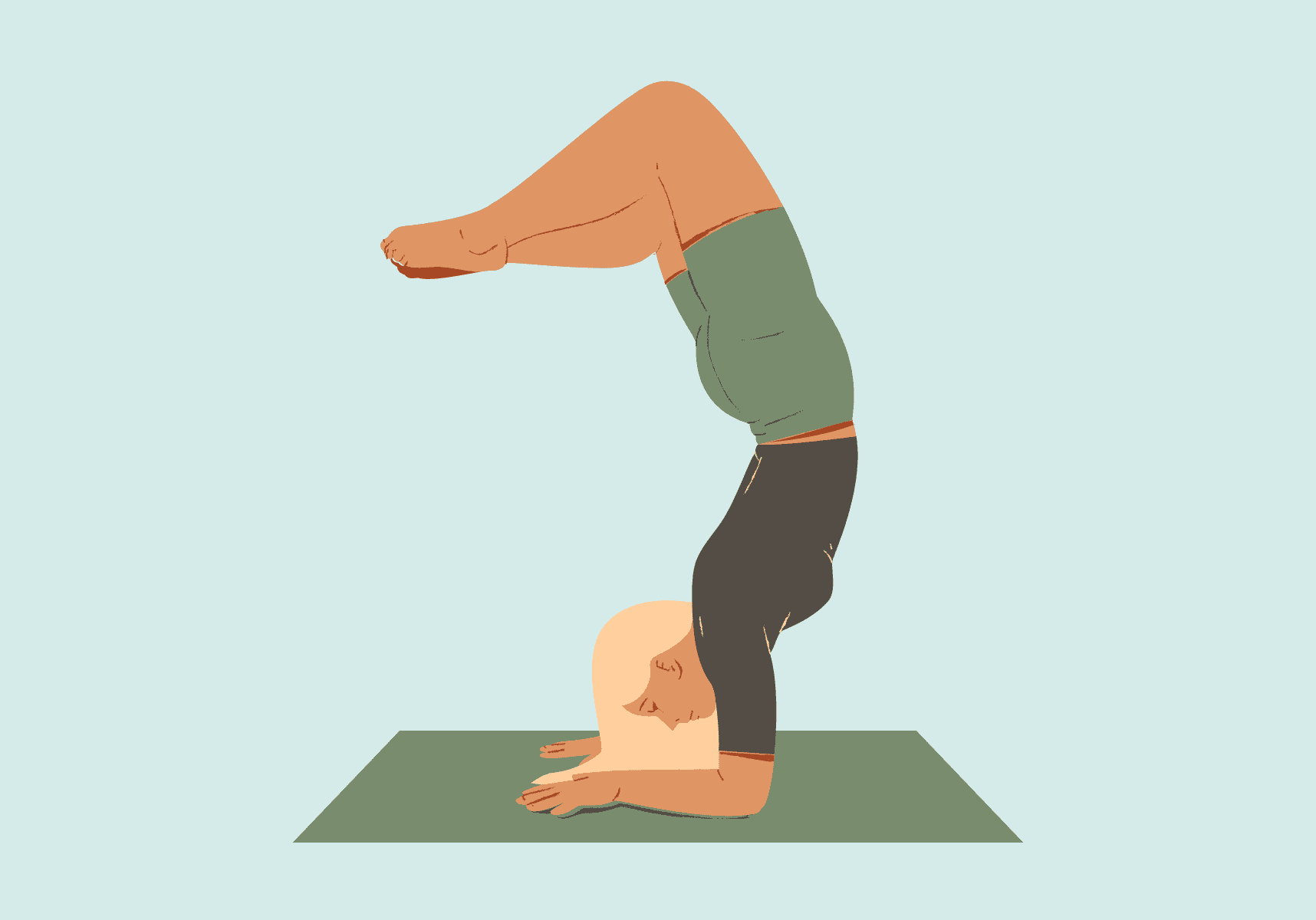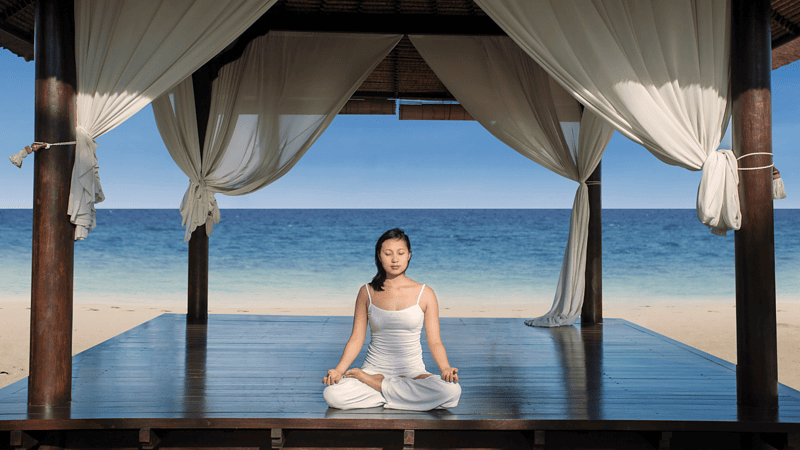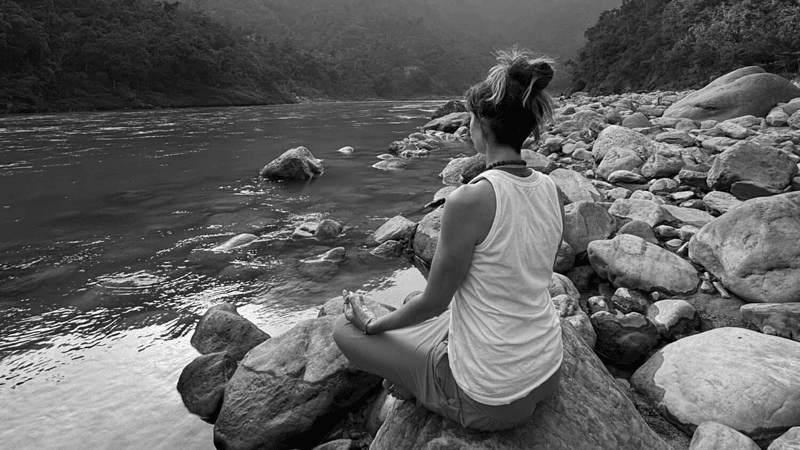
5 Ways To Avoid Getting Distracted By The Asana
Cultivating Holistic Asana Practice - By Natasha Nandini
Reading time: 4 minutes
Asana dominates the modern yoga world, and for some practitioners, out of the 8 limbs of yoga, it is the only one practiced. I recently read an article stating that Swami Vivekananda believed Asana* is not essential for self-realisation. This may have been the case for the great Swami ji - he lived in a different era. Nowadays, our less mobile lifestyles mean we may prioritise the physical element.
Although it is not the only limb I practise or teach, Asana was paramount in helping me to heal internal organs damaged from years of food abuse and mental turmoil leading to a period of obesity.
The Asana practice burned excess weight and slothful mental residue, enabling me to see clearer and experience peace and freedom. Nowadays, they act as a mirror to show me how I’m fairing, both physically and mentally.
It's easy to become distracted by the desire to master the final shape of an Asana, an attitude that can ironically hinder our progress. Asana serves as a tool for cultivating conscious awareness; mastering the pose is a bi-product rather than the primary goal.
Here are five ways to cultivate an holistic Asana practice, each will positively impact our daily activities:
1. Remove Desire
The ability to enter a pose is often dependent on mindset rather than physical aptitude. Moving attention away from achieving the final shape is crucial. It’s akin to seeing something in the dark, looking slightly to the side rather than directly at it.
This shift gives space to observe our own physical (and mental) patterns. Sometimes, recognising and accepting these patterns is the first step in accessing the Asana. To do this we need to step back and remove the desire to master the pose.
2. Observe how you Approach the Pose
We all have habitual tendencies which set our lives; these are reflected in the way we approach our Asana. Whether we stop when it gets challenging, only work on the poses where we have ability, or charge through regardless of pain, it is important to be aware of our habits. We can then make changes, working towards a more balanced approach.
3. What does the Pose Offer?
Embracing the Asana allows it to reveal its essence and potential benefits. Start by examining its name, which can provide insights into the energy or gifts it conatains. For instance, Makarasana, the Crocodile Pose: when doing this pose, picture a crocodile with its spine resembling mountains along its back.
Ground your pubic bone and push your heels away, press your palms together in Prayer Pose with forearms engaged and head lifted. Experience the sensation of an elevated spine and the inherent freedom and power it embodies.
4. Approach the pose with Humility
When we do this, we open up ourselves to learning and the mind is less capable of imposing its set ideas and patterns. Access is more readily granted to those who can surrender. An attitude which will also serve us well off the mat.
5. Keep your Attention spread over Multiple Body Parts Simultaneously.
“Āsana should not be seen as the ultimate objective but rather as a tool for cultivating consciousness. Gradually increasing the number of body parts held in one’s awareness and being observant of their responses, illuminates them with consciousness.In return for this effort the practice offers a reduction in mental activity.” Natasha Nandini p.57.
Over time, these tools of observation filter into our daily activities and enhance our relationship with the world.
As attention shifts from external happenings to our inner landscape, our reliance on external desires diminishes. Through the practice of letting go, the grasping tentacles of desire gradually loosen their hold leading to a sense of contentment.
*commission earned from this link.





